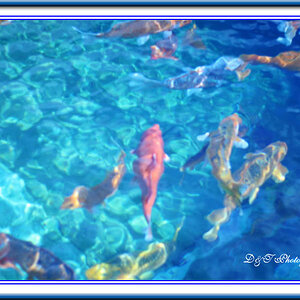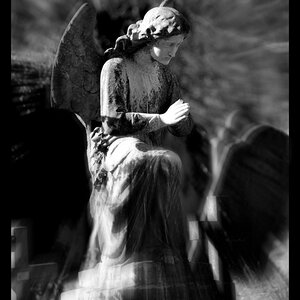anthonyc12
TPF Noob!
I always shoot raw, and when traveling I think there is all that much more reason to do so -- if I'm shooting someplace I might never be back to, I want to keep all my options open. I consider storage a non-issue since memory cards are so cheap today compared with past years. Just buy more cards. Converting to jpg is also a non-issue to me -- images that are going to be ok-as-shot in jpg are also going to be ok-as-shot in raw, so I just run a batch process and go eat dinner (or go to bed) while they convert on the computer when I get back home. You only have to do hands-on post-processing with the ones that need it.
Anthony Cole
Design Build Company
Anthony Cole
Design Build Company


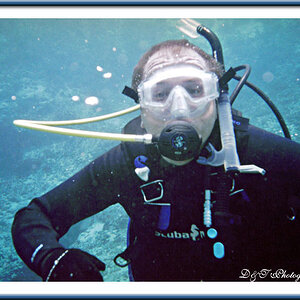
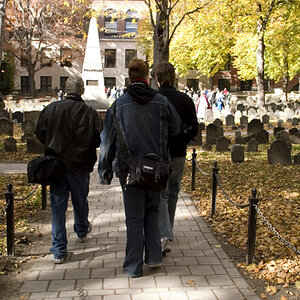
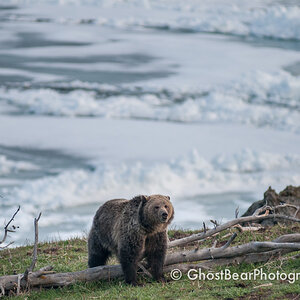
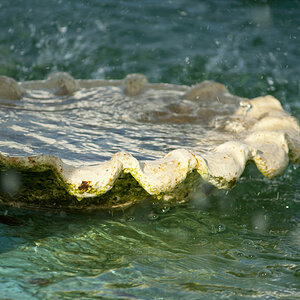
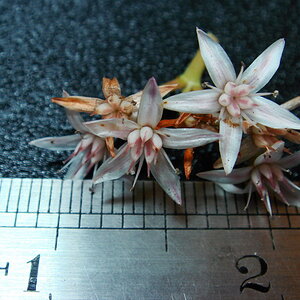
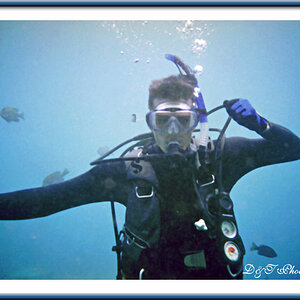
![[No title]](/data/xfmg/thumbnail/34/34139-e52deba745f42ba091907fcc460cd6db.jpg?1619736311)
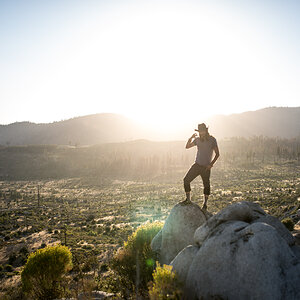
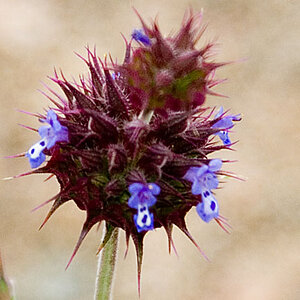
![[No title]](/data/xfmg/thumbnail/35/35212-039632ef3763350189fc49390cb7eadf.jpg?1619736950)
